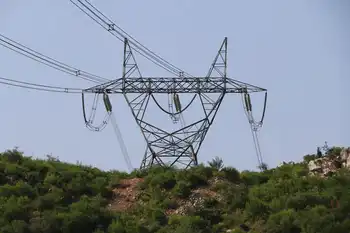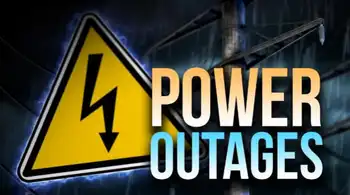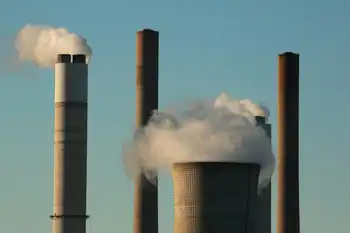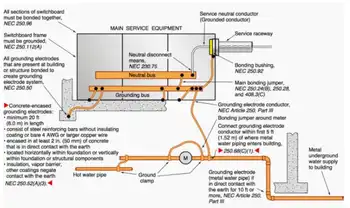Planet's tallest building gets power transfer
FLORHAM PARK, NEW JERSEY - Emerson Network Power, a business of Emerson, reports that ASCO Power Technologies will help keep the power on for the planet's tallest building-the Burj Dubai Tower in the United Arab Emirates. ASCO is a division of Emerson Network Power.
ASCO is providing 13 power transfer switches and 105 bypass-isolation power transfer switches to the Burj (Arabic for Tower) Dubai Tower, which has set a new record as the tallest building in the world, surpassing the Taipei 101 in Taiwan. The ASCO power transfer switches and bypass-isolation power transfer switches will help keep power on to an office complex, cigar club, the world's first Armani Hotel, residential suites, shopping complex, a 15,000 sq. ft. fitness facility and other spaces in the building.
When completed in 2008, Burj Dubai will be the tallest building in the world in all four categories recognized by the Council on Tall Buildings and Urban Habitat: spire height, the highest occupied floor, roof height and pinnacle height.
The building continually sets records for size and construction methods, such as the highest observation deck, the fastest elevators and concrete pumping height. Once complete, the tower will stand an estimated 2300 feet with 160 stories. To get a better idea of the tower's enormous height, it's almost as tall as the Chrysler Building and Empire State Building would be if they were stacked one on top of the other.
The spire, which contains communications equipment, will be seen from 60 miles away. Chicago-based Skidmore, Owings & Merrill designed the Burj Dubai Tower. The tower joins the Sears Tower in Chicago and the Freedom Tower in New York in the firm's portfolio of super-tall skyscrapers.
Related News

Germany considers U-turn on nuclear phaseout
BERLIN - The German chancellor on Wednesday said it might make sense to extend the lifetime of Germany's three remaining nuclear power plants.
Germany famously decided to stop using atomic energy in 2011, and the last remaining plants were set to close at the end of this year.
However, an increasing number of politicians have been arguing for the postponement of the closures amid energy concerns arising from Russia's invasion of Ukraine. The issue divides members of Scholz's ruling traffic-light coalition.
What did the chancellor say?
Visiting a factory in western Germany, where a vital gas turbine is being stored, Chancellor Olaf Scholz…




